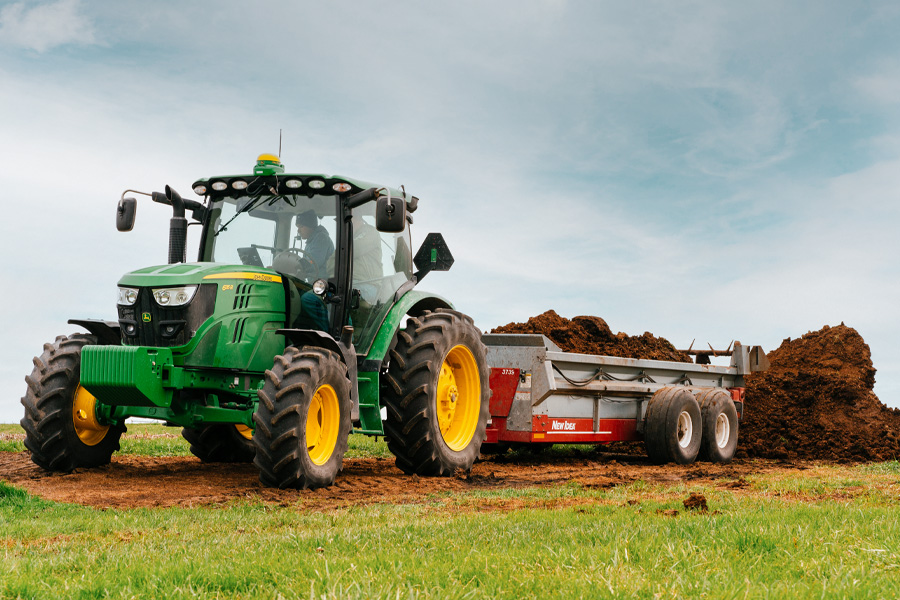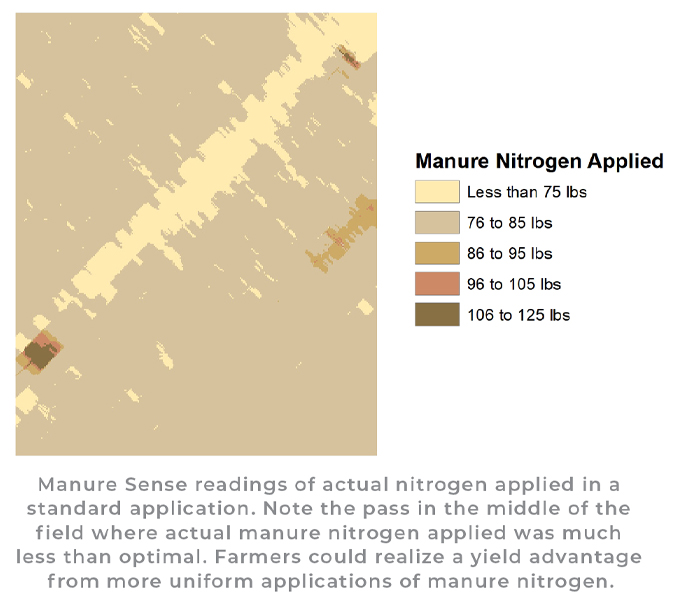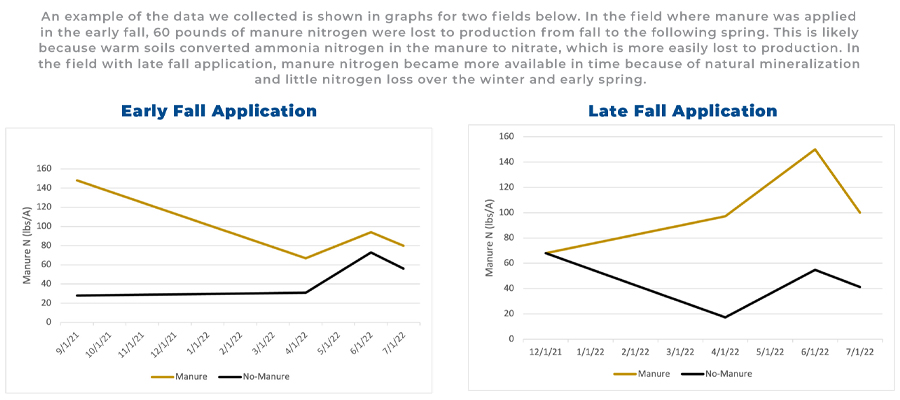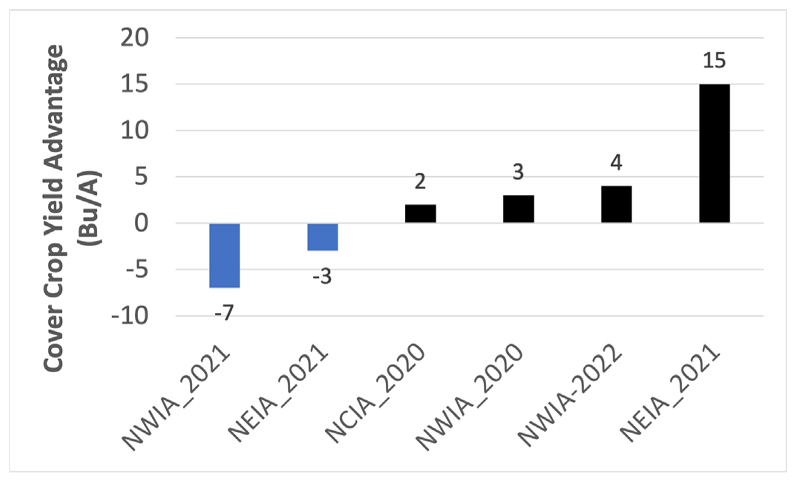
(Photo: Iowa Soybean Association / Joseph Hopper)
Improving manure management
September 1, 2023
Iowa is a leader in hog, cattle and poultry production. This livestock production is significant to rural communities as it provides alternative revenue streams for farmers while providing protein for growing world demand. Associated with this production is the generation of a significant amount of manure.
The Iowa Soybean Association (ISA) is actively researching ways to improve manure management to increase profitability while reducing nutrient losses. This research is funded with non-checkoff dollars from industry, state and federal partners.
Manure is an important source of nutrients for crop production, but manured production is sometimes associated with excessive nutrient losses. This nutrient loss is because manure is very heterogeneous, and it can be difficult for a farmer to gauge how much nitrogen or phosphorus is being applied with each manure source.
To address these issues, ISA is working on the following research projects.
Manure Sense from John Deere
Manure Sense is a newer technology from John Deere that uses their Harvest Labs near-infrared-reflectance (NIR) sensor to estimate the amount of nutrients being applied versus gallons or pounds of manure applied.

During application, the amount of manure applied is adjusted based on NIR sensor readings of nitrogen or phosphorus compared to flat rate applications of manure. As manure is a very heterogenous source of nutrients, this technology has great potential to reduce the under- and over-application of manure.
ISA partners with ag biosystems engineers at Iowa State University to validate and improve the calibration of NIR sensors for manure management.
The figure below is an example of a Manure Sense application compared to an application with a flat rate of gallons per acre. Note the much more equal applications of nutrients.
Fate of manure nitrogen
A common problem farmers face in utilizing manure is understanding how much manure nitrogen is available to corn after fall and spring applications. ISA is involved in a project led by agronomy professors at Iowa State University and funded by the Iowa Nutrient Research Center to understand the fate of manure nitrogen from fall into the following year’s growing season.

A greater understanding of manure nutrient cycling dynamics in the soil will enable crop modelers to develop predictive decision tools to help farmers manage their manured production. We are analyzing two years of this data at 20 locations to develop decision tools for farmers to fine-tune their nitrogen management in manured production to reduce over- and under-fertilization.
Nitrogen can be converted to nitrate and more easily lost from the soil if applied in early fall when warmer temperatures are more frequent compared to late fall application with colder weather. This means more nitrogen will still be available in the spring and summer when the plants need it most.

Cover crops in manured production
Another ISA project seeks to understand the use of cover crops in manured production. The figure below illustrates the yield advantage for corn, where cereal rye cover crop was established in the fall in manured production. The average yield advantage was 2.3 bushels. Four out of six locations had positive response with one realizing a 15-bushel advantage. These results are not conclusive enough to rely on, but they do suggest a positive response that needs more research to validate the response.
At the location with the large corn yield increase, soil temperatures remained warm well into the early winter, creating conditions where manure nitrogen was converted to nitrate. The cover crop sequestered the nitrate easily lost to production and made it available during the growing season in the following spring.
Corn yield responses to cover crop usage in manured fields in northern Iowa from 2020 to 2022.
At ISA, we are committed to helping Iowa farmers identify the best management practices that increase yield and profitability in manured systems. As an organization, we are very interested in your ideas, and we need your participation in research trials to better serve all farmers.
Back